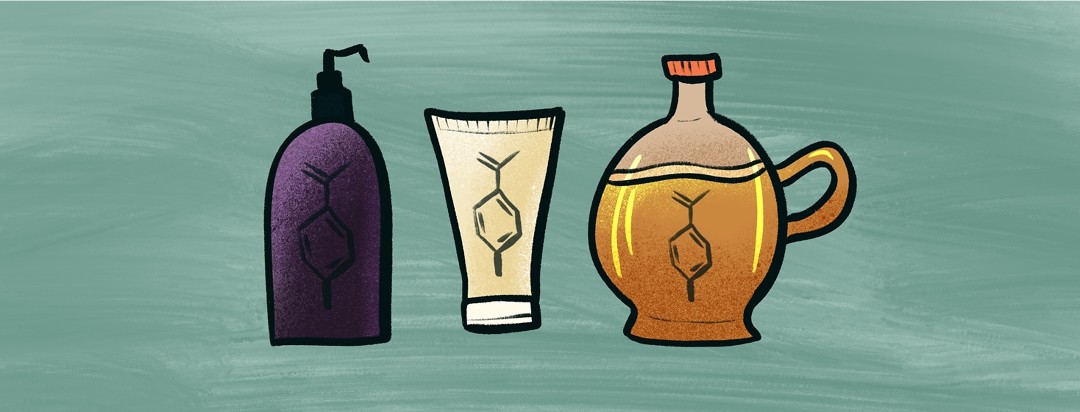Common Preservatives May Present a Risk to Kids With Asthma
There are many triggers in our natural world for asthma and allergies, including pollen, mold, insect droppings and dust mites. But many of us today also have sensitivities to not so natural substances. Some, like pesticides, kill vermin. Others, such as perfumes, make things--and people--smell better.
And some act as preservatives in food and cosmetic products. Parabens are one of those substances commonly used. They are found in:
- Personal care products
- Processed foods
- Food packaging
- Certain medications
Concerns have been raised about possible health risks from parabens, which have been found throughout our population in the U.S. But a recent study extends and clarifies that concern to include certain subgroups of people who have asthma.
What Are Parabens?
Parabens are synthetic chemicals. Their main use is as preservatives, because they prevent germs from forming and spreading. There are 4 common types of parabens:
- Butyl parabens
- Ethyl parabens
- Methyl parabens
- Propyl parabens
Much of the concern about parabens is due to their ability to disrupt endocrine system function. Endocrine glands secrete hormones that are needed for various bodily processes. Parabens can mimic or alter hormone function. Because of this, researchers wondered if parabens might have an effect on developing immune and respiratory functions in children with asthma.
The Journal of Allergy and Clinical Immunology (JACI) Study
Researchers designed a study to examine whether exposure to these common parabens might affect the development and course of asthma in kids aged 6 to 19 years.
They used data gathered from the National Health and Nutrition Examination Survey by the Centers for Disease Control between the years 2005 to 2014. Here are more details:
- 4023 children assessed for a current diagnosis of asthma
- Of those, 450 children who had asthma were evaluated for disruptions in asthma control
- Asthma control assessed in terms of asthma attacks and emergency medical visits
- Data gathered for a 12-month period
- Urine samples used to test for presence of parabens
Findings
Most kids had methyl and propyl paraben exposure, as shown in their urine. Butyl and ethyl parabens were not widely detected in any of the children. Plus, the concentration of methyl and propyl parabens tended to be higher in kids with asthma than in healthy children.
What researchers had not necessarily expected to find was that there were several differences among boys vs. girls.
- Girls (with or without asthma) tended to have higher amounts of these parabens
- Exposure to parabens did not seem to be linked to a diagnosis of asthma overall
- But, boys with asthma reported more emergency visits, despite lower concentrations of parabens than girls
- Girls with asthma did not show the same type of connection
So, it appears that boys might be at more of a risk than girls are of asthma control issues when they come into contact with methyl or propyl parabens. Researchers are not sure why this would happen. But they suggest that parabens may enhance the body's allergic response, triggering asthma symptoms and attacks as well.
In Summary
More research will be needed in the future to further explore the relationship between paraben exposure and asthma control, as well as differences between girls and boys. For now, if you have a child with asthma, you may want to start reading food and other product labels carefully. If they contain parabens of any kind, you may want to avoid those products until we know more about their effects on our health.

Join the conversation